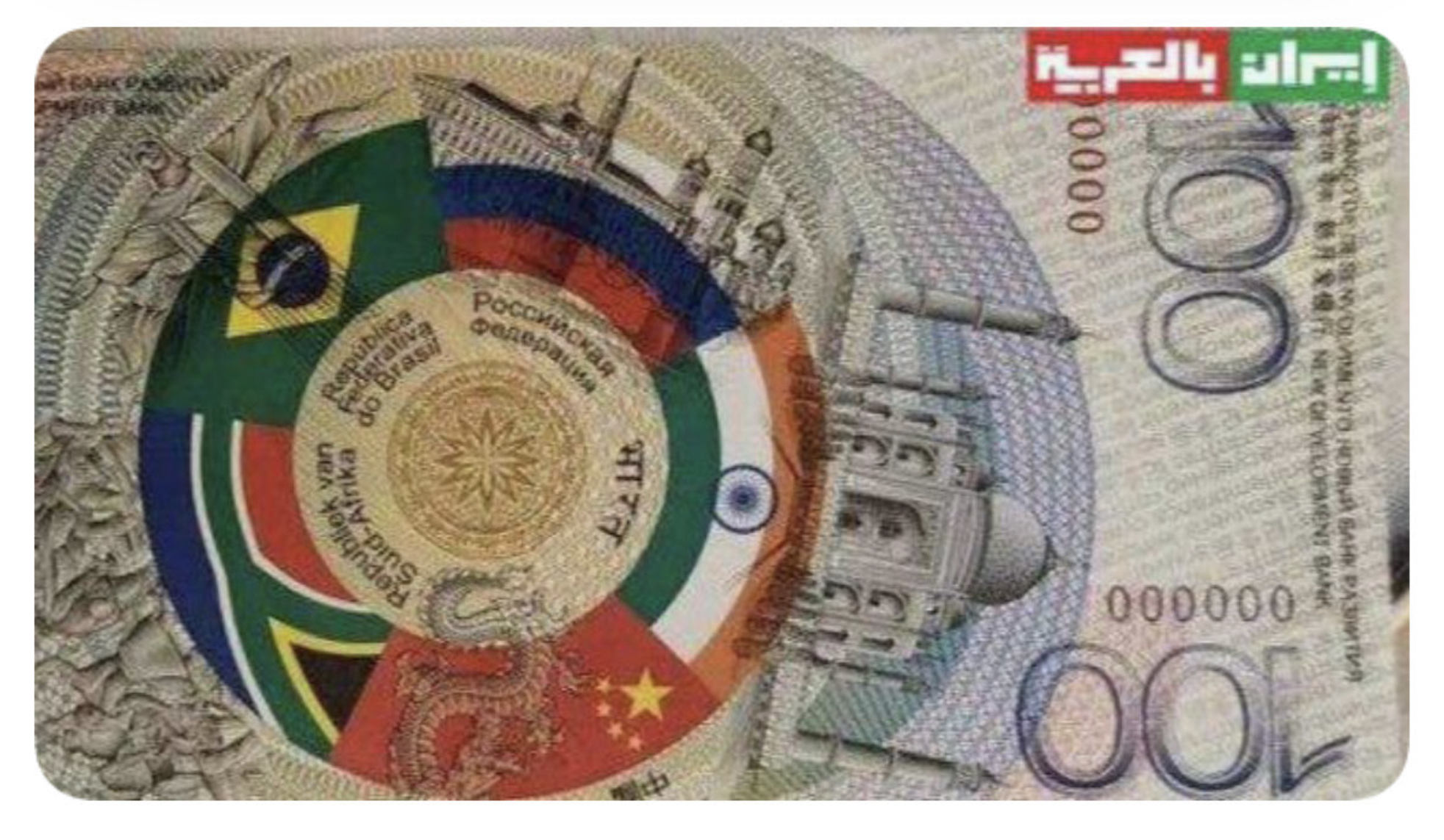
BRICS Trade Now Paid For Using National Currencies
By Rhod Mackenzie
Brazil was the last of the BRICS founding member countries to full embrace trading using national currencies. Overall, these payments already account for around 90 per cent of transactions within the international association. So what is mainly bought with one's own cuurencies money,what are the advantages this gives to Moscow and its trading partners, and how it strengthens the organisation's position.
What is being paid for?
As Brazilian Ambassador Rodrigo de Lima Baena Soares noted, national currencies currently account for up to ten percent of transactions with Russia, but this figure will soon increase.
In 2024, trade turnover between the two countries increased by 9.3%, reaching $12.4 billion. Russian exports grew by 9.5% to $10.96 billion and Brazilian exports by 8.2% to $1.45 billion.
Russia's leading exports to Brazil are mineral fertilisers, accounting for more than 65% of the trade . Next come oil products, coking coal and metal. Brazil's leading exports are poultry and beef, soybean meal and beans, coffee, raw cane sugar, citrus concentrates, and tobacco raw materials.
How do they pay?
According to Vadim Petrov, chairman of the expert council of the Ecosophia project of the presidential platform Russia – Country of Opportunities, Brazilian importers are increasingly paying for fertilisers and petroleum products in rubles, while Russian buyers of coffee and meat are paying in reals.
At the same time, the ruble predominates in most export transactions, while the Chinese yuan has taken up a significant share in imports from Brazil.
This is an intermediate currency. Russian importers transfer approximately 40% of payments into yuan and then into Brazilian reals via correspondent accounts in Chinese banks. According to the analyst, this means that, in terms of the absolute volume of transactions without the dollar or euro, the yuan is in first place, the ruble in second, and the real in third.
National currencies are used within the BRICS group to pay for energy resources, agricultural products, metals, minerals, fertilisers and industrial goods.
The ruble is used most frequently in trade with India and Iran.
According to the Central Bank, payments in roubles for imports and services stood at 56.2% in April, while exports accounted for 52.3%.
'For the first time, more than half of foreign trade settlements were made in the national currency in March. Now, only 0.9 billion are in dollars,' says Dmitry Khomyakov, head of the trust management department at KSP Capital.
Of course, contracts are often linked to the dollar and euro to minimise risk. However, the payments themselves are made in the national currency.
'This is of key importance. For example, a contract may be concluded in dollars, but payment is made in rubles or reals at the agreed rate, as reflected in the final statistics,' emphasises Artem Zverev, an expert at the international logistics company BE Service.
Reducing dependence on unfriendly currencies is one of the main objectives of BRICS. This increases solvency and economic resilience to external shocks. It allows Russia and its trading partners to achieve de-dollarisation and reduce commission and sanctions risks.
'The main point is the use of an independent financial infrastructure. Settlements in dollars via SWIFT can be blocked and are expensive, particularly for developing countries. National currencies usually imply alternative instruments. On a global scale, this could save up to 30 billion dollars a year,' says Ilya Ivaninsky, Head of the Centre for Business Education and Analytics at Central University.
There are, of course, obvious risks, such as the increased volatility of national currencies and the need to maintain sufficient liquidity for effective transactions. These problems will be solved by further synchronisation of BRICS payment systems.
According to Ismail Ismailov, associate professor at the Faculty of Law of the Financial University under the Government of the Russian Federation, one of the key requirements at the global level is the formation of infrastructure for clearing, verification and control.
However, this is expected in the near future. In the short term, the plans include launching its own international settlement system, BRICS Pay, based on blockchain technology, and developing the digital settlement and payment platform, BRICS Bridge.
Russia has almost completely switched to settling with African countries in rubles — the share already exceeds 98%. Although exports to these countries are currently estimated at tens of billions of dollars, this is an important strategic direction for selling grain, oil products and fertilisers. Transactions in national currencies strengthen the ruble's role in foreign markets and could bolster its exchange rate in future.
According to data from the Bank of Russia , the share of Russian currency in settlements for exports to African countries amounted to 98.3% in April of this year. In the last month alone, this figure has increased by almost 8 percentage points. A year earlier, by way of comparison, this figure was only 60.5% I
Although trade turnover between Russia and African countries is growing quite quickly, these countries cannot yet be considered Russia's main partners, accounting for less than 10% of its foreign trade. In 2023, Russia exported $21 billion worth of products to Africa; in 2024, this figure increased to almost $28 billion and it does continue to grow rapidly according to Natalia Milchakova, a leading analyst at Freedom Finance Global.
‘A significant proportion of Russian exports to Africa are wheat and grain crops, mainly destined for Egypt and other northern countries on the continent. Other exports include products from the mechanical engineering and military-industrial complexes,’ explained Kirill Kononov, an analyst at BCS World of Investments.
So as Russia increases its trade with Arfica and conducts in it roubes it seems the US and EU are, of course, concerned about the declining importance of the dollar and euro in global trade. However, move away from them is unstoppable.
